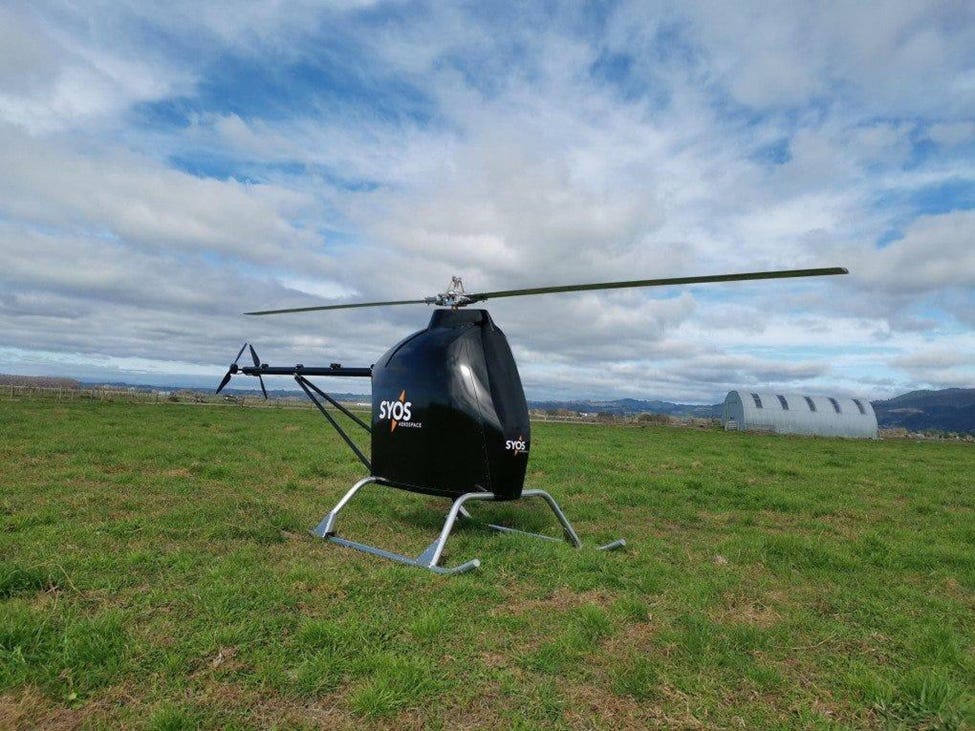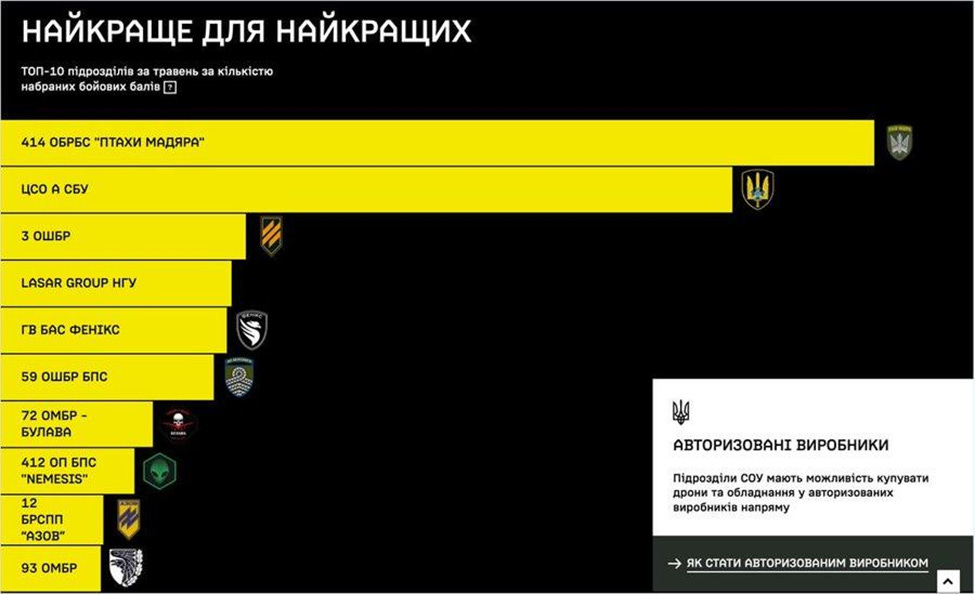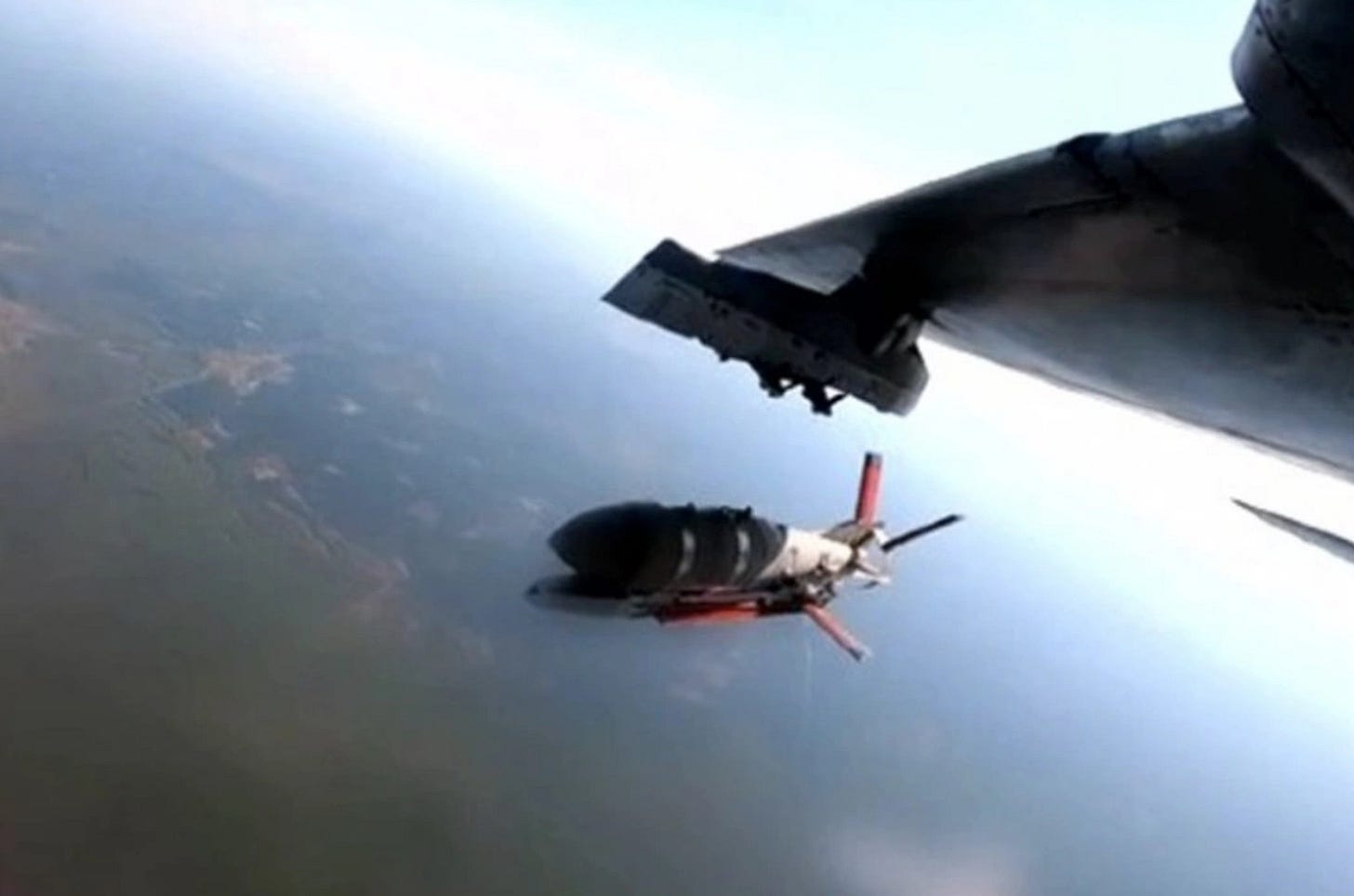(…continued from Part 3…)
***
Equipment
Ukraine is testing domestically produced glide bombs with a range of 60 km and plans to extend that range to 80 km. If released at an altitude of 10 km the range could reach 100 km. A Ukrainian and a French navigation model are both being tested and are designed to resist jamming. It is reported to be similar to the Russian glide bomb but designed to be more accurate.
Russian Iskander missile production increased by almost three times between 2023 and 2024, building 700 missiles last year. They were aided by Computer Numerical Control (CNC) machines that create the machines that build the missiles. Most of the CNC machines were provided by China, with some arriving from Belarus and some from Taiwan until their government stopped CNC exports in 2024. The plant added two workshops and 2500 employees.

In addition to China, Belarus and Taiwan, it turns out that companies in the Czech Republic delivered CNC machines to Russia so they could increase weapons production.
The Pantsir air defense system has smaller, cheaper anti-drone missiles that has a range of 500-7000 meters and can engage drones from 15 to 5000 meters in altitude.
Russian plans to produce 2 million FPV drones and 30,000 long-range and 30,000 decoy drones in 2025.
Ukraine is mass producing a homing module that can be activated 500 meters from a stationary target, and can acquire moving targets at 150 meters. Once activated, the module is EW resistant and will hit a target within one meter of its aiming point without operator assistance.
The Wild Hornets developed a winged drone that can reach 11 km in altitude. Designed to be an interceptor drone, it is still undergoing testing and further capabilities were not revealed.
Zelensky says the production potential of Ukraine’s defense industry is over $35 billion but only 45% of the capacity is funded. As an example, he says that Ukraine has the capacity to produce 8 million drones and the government is expected to buy only 4.5 million for $2.6 billion (less than $600 per drone) in 2025 due to lack of funding. In October 2024, Ukraine’s capacity was 4 million drones, of which 1.5 million were funded, and 96% were produced in Ukraine. Ukraine plans to build 30,000 long-ranged drones and 3,000 missiles in 2025.

France is in discussion to jointly produce drones and other weapons with Ukraine, as is Canada. Over ten Finnish companies are working with Ukraine, and one is producing a drone that fires 3000 fragments over a 50 meter diameter circle, about 1.5 fragments for every square meter. The Netherlands will produce 600,000 drones ($580 million), send another $203 million in the form of 100 anti-drone radars and 20 Ermine unmanned casualty evacuation vehicles, and $116 in recent and future funding for Ukrainian drone production. Norway is sending $682 million to fund Ukrainian drones (including naval drones) and will jointly build missiles in Ukraine for the NASAMS air defense system. Germany and Canada will finance the mass production of two models of drones that intercept Shahed drones.
As one part of a $6.1 billion aid package, the UK will produce drones and fund Ukrainian drone production. Every six weeks feedback from the battlefields will be incorporated into UK drone upgrades and all drones produced will be sent to Ukraine for the duration of the war. Ayos Aerospace builds aerial, ground and maritime drones and will send $40 million worth of them to Ukraine.
Denmark allocated $78 million to establish factories to Ukrainian weapons on Danish soil. In addition to transferring technology, all the artillery, drones and missiles created will be sent to Ukraine. Denmark will eventually contribute $1.5 billion to producing Ukrainian drones.
Ukraine will export military technologies and establish production lines in countries that already finance Ukraine’s defense industries or intend to do so. The agreements cover drones, missiles and possibly artillery systems. In return, Ukraine asks that their partner governments provide 0.25% of their GNP to Ukraine’s defense industry.
The data from the war in Ukraine and the Saudi interception of Houthi attacks resulted in software upgrades that improved the performance of Patriot air defense systems. For three months now Ukraine has been trying to buy more Patriot systems. Ukraine would also like to produce Patriot systems and missiles in cooperation with Raytheon but that also requires US government approval.
The governments of Ukraine’s allies have been slow to determine how to react to the Russian invasion but the speed of their decisions increased after the US withdrew from its position as the leading provider of aid. The bureaucracy tasked with turning policy into action is still sluggish, though. German industry leaders are asking for firm contracts and long-term orders so they can plan, procure the resources and produce the equipment in a timely manner. The leaders all say they can ramp up production quickly but current EU procurement rules are too bureaucratic and slow and burdens them with complex requirements. To that end, Germany announced plans to spend €20 billion on ammo procurement out to 2037.
Besides calling for procurement legislation reform, there is an increasing demand for the standardization of weapon systems within the EU, a common-sense objective that has been unable to overcome economic nationalism for years. Similar issues scuttled the German and US efforts to create a joint main battle tank in the 60s and 70s. With the emergence of China, the realignment of the US, and belated acceptance of the Russian threat, the nations of Europe might revisit standardization in the future.
NATO provided €37 million in satellite communication equipment for Ukraine. In the coming months the value of communication equipment donated will exceed €70 million. This will increase Ukraine’s capabilities and the interoperability between NATO and Ukraine. Ukraine and NATO will also create a Lessons Learned platform for analysis, training, and education based on data from lessons learned during combat operations.
A Shahed/Geran-2 drone was recovered on the ground with a thermal imaging system and an antenna. Its serial number is indicating that this one was probably made in Iran.
***
Drone Operations
Robert “Madyar” Brovdi started the war as an infantryman and then used his initiative to fly a drone to spot Russian positions in the Kherson sector. He then led a drone platoon that became a company, then a battalion, and then a regiment. His true gift of leadership is his ability to communicate with his soldiers and the public, encourage initiative, hold people accountable to a certain standard, and recognize value and a good idea when he sees it. He was promoted to lead the Unmanned Systems Forces of Ukraine and he has ideas.
Not all these ideas originated with him, but he recognized the value in them. Drone crews get points for each target they hit. He plans to regularly invite point leaders of the top 12 units, plus leaders of other randomly selected units, to provide advice in a focus group. Not only can the very successful units share their methods and suggestions, the other units can share their experiences and needs.
His goal is to destroy 35,000 Russians a month, which is the number of troops that Russia mobilizes each month.
As part of the “Drone Wall” concept, he plans to dedicate a drone unit for each section of the front line instead of moving them around like mobile reserves. In this way, the drone operators can become familiar with the terrain and weather, the enemy capabilities and behaviors, and friendly unit capabilities and behaviors. Relationships with local units can be formed and coordination on operations can be improved. (See the number of units involved in the Zaporizhzhia train attack).
This concept of dedicated drone units aligns with how the Corps should fight: Dedicated to a sector, gaining knowledge of the terrain and enemy, and developing good working relationships with all local friendly units.
The previous priority for Ukrainian drones had been tanks and artillery if they could find them, and logistical vehicles were hit hard. Brovdi has switched the priority to eliminating Russian reconnaissance and strike drone capabilities, which means intercepting drones, hunting drone teams and identifying command and logistical centers that support drone operations. He is seeking air superiority. If he can achieve it, Russian offensive operations will be degraded, less Ukrainians will die and less territory will be lost.
A Russian report claims that 65% of Ukrainian casualties happen during troop rotation or during resupply. Movement is deadly because it is easier to detect with drones and drones are everywhere. Eliminating Russian drone operators would reduce the chances of Ukrainians being spotted and attacked.
As dangerous as the strike drones are, the reconnaissance drones are more important. In order to attack a target you have to detect a target. While strike drones have their own detection capabilities, reconnaissance drones have greater capabilities in range and loitering for persistent observation. Strike drones move in and out. Reconnaissance drones can linger for hours without blinking. They provide the intelligence for missile targets when trains unload equipment or troop activity on a training ground. They can see logistical vehicles moving 20 km behind the front line. Without them, the strike drone would have to hunt, not knowing if a target was available and the range of its activities would be reduced.
Ukraine has to eliminate drone operators faster than they can be trained and replaced. The Russians say he is also using HIMARS to support his operations. It would make sense if factories that produce drones or fiber optic cables would become a higher priority for Ukrainian long-range strikes into Russia.
***
The point system for drone strikes was first started in August 2024 as a pilot program and is now used by 420 drone units, which is 90% of the UAV forces. It can boost morale and translate objectives into reality but there have been some isolated issues with it.

One of the advantages is that video proof is required and these videos provide data that can be analyzed by commanders and engineers alike. If there isn’t a separate observation drone recording the attack and its aftermath then the only video available is the drone’s attack approach but there is no video if the equipment is destroyed or damaged, or if an infantry man is killed, wounded or unharmed. Efforts to prove they destroyed a target can interfere with efforts to destroy more targets.
Sometimes drones and artillery combine to engage targets, but determining who actually destroyed a target can be difficult. Sometimes drone teams would pursue an armored vehicle when it was worth more points than infantry even though the infantry were the greater threat. Some units withhold intelligence from neighboring units. Other teams move from a quiet sector they are monitoring to another sector that has more activity, leaving the quiet sector vulnerable without drones to detect enemy activity.
On the other hand, there was a case when two units were hunting multiple vehicles together and it wasn’t clear which unit killed a certain vehicle. The commanders of both units insisted the other unit should take credit because they might need the drones more.
Another issue is that the supply of drones for the program is low enough that it can sometimes take six months to receive the drones that were earned. For many units, they only received 20% of their drones through the point system and rely on deliveries from the government and private donations. The best situation would be if there were enough drones so that no one relied on the points program for drones and the points would be used just to determine objectives and prestige.
***
In the First World War, enemy artillery was located by sound sensors or the flash of the guns at night. In the Korean war, radar tracked artillery shells to the point of origin. The coordinates were then relayed to friendly artillery units that performed counter battery fire. Enemy mobile artillery would try to leave their firing position before the shells landed. Towed artillery crews seek cover, and some Chinese artillery crews would push their guns back into caves. Counter battery radars would become widespread throughout different armies and self-propelled artillery would practice rapid displacement to avoid the counter battery fire.
In Ukraine, radars are still useful, but any drones in the area can provide not only the location of where the gun fired, but where it was moving to. Or, if it was towed, that it wasn’t moving at all.
When pursuing self-propelled guns, drones are often the preferred choice because they usually hit moving targets with their first drone. (Sometimes multiple drones are needed to kill a target). Artillery usually needs several rounds to incapacitate a target, especially when they need to anticipate where the target will be in 30 seconds or more as the shell flies through the air.
As the number and capabilities of drones increases, so does the rate of artillery losses. Artillery still provides a heavier weight of fires than drones and they are very useful when massed attacks moving quickly could overwhelm drones that are trying to intercept them, but the drone will continue to rise in effectiveness until adequate drone defenses are deployed.







In addition to Don's weekly, I'd like to share two news. As for me, it's important.
https://galka.if.ua/na-mene-napaly-viyskovosluzhbovtsi-3-oi-okremoi-shturmovoi-bryhady-viyskovyy-korynevych-pro-napad-na-sebe-u-frankivsku-video/
Belonging to the patriotic military unit doesn't make you righteous. It calls to mind the 67 Brigade and the Ukrainian Volunteer Corps.
Also, the night air attack on 27.06.2025 made a mess in the PSU reports. There were 371 drones and missiles, and 365 were intercepted. So only 6 items achieved the goal. In Zaporizhzhia were 6 explosions made by Shaheds, but in Starokonstantinov were also heard. Shaheds in Zaporizhzhia wasn't mentioned in the telegram channel of PSU, so PSU didn't detect them. The official reports often ignore some incidents, but the local authorities share the information.
https://t.me/kpszsu/37115
https://www.061.ua/news/3965588/vnoci-vorog-atakuvav-zaporizza-bpla-so-vidomo
https://suspilne.media/khmelnytskiy/1052879-na-hmelniccini-27-cervna-znisili-24-rosijski-povitrani-cili/
Great summary of Madyar's point system.